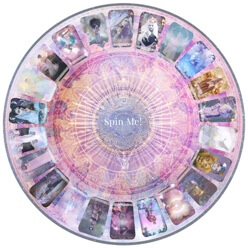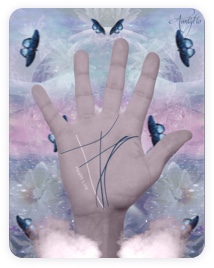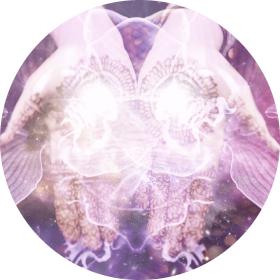Crocus

Uncover Hidden Flowers meanings
There are different legends that go with the crocus flower.
One pertains to Valentine’s Day where a Roman physician, Valentinus healed the sick with natural remedies as well as praying for his patients. Christian practices such as prayer were not allowed during the time of Claudius II and the physician was arrested.
At prison, the jailor’s daughter used to be one of Valentinus’ patients. As the last effort to cure the patient, Valentinus gave the jailor a note for his blind patient. Together with this note, he put a yellow crocus. When the jailor’s daughter opened this note, the first thing she saw was the yellow crocus. The letter was signed, from your Valentine and so goes the story of the first valentine letter ever sent.
- Name: Crocus
- Color: Croci flowers have a wide variety of colors. There are white varieties and golden yellow ones as well as purple croci. There are even croci flowers that have stripes on them.
- Shape: Known as the light bulb of the garden, the crocus looks like a light bulb when it’s in the process of blooming. At full bloom, it takes on the shape of a cup.
- Fact: The crocus grows in many parts of the world such as Europe, Africa, Asia and the Middle East. It grows wild in meadows, woodlands and scrubs. It is a perennial flowering plant that you would likely see as the first flower poking out of the snow – as they are the garden’s first bloomers. It was first cultivated in the ancient island of Crete and its name was derived from the famous epic stories of Homer – “The Iliad and the Odyssey” (Greek Krokos meaning “saffron yellow”).
- Poisonous: The crocus is a poisonous plant. All parts of it are actually toxic.
- Number of Petals: The crocus flower is mainly composed of six petals.
- Victorian Interpretation: During Victorian times, flowers speak out – albeit symbolically. And the crocus signifies cheerfulness as well as gladness.
- Blossom Time: There are two blossom times for the crocus. If you own the autumn crocus, you’ll get to see it flowering in the fall. However, it’s not an uncommon sight to have flowering croci in the spring.
- Superstitions: Although the meaning of the crocus pertains to cheerfulness and gladness, it also has a connection with Valentine’s Day and love. It was also a belief during the old times in India that if the petals of the crocus were laid on the matrimonial bed after the wedding ceremony, it’s going to provide the couple with a good and solid loving relationship. In essence, it might also be due to the fragrance of these flowers that work as an aphrodisiac.
- What the Crocus Means: Based on the Victorian interpretation, giving away the crocus means cheerfulness and gladness. It also has some meaning related to mirth - mostly gay and full of glee just like the youth. Therefore, the crocus also symbolizes youthfulness.
- The Shape: Essentially, the crocus looks like a white, yellow or purple light bulb. When it blooms to the fullest, it then looks like a cup.
- Petals: As a bud, the six petals of the crocus are closed overlapping each other on the curved tips.
- Numerology: The crocus is number seven in numerology. This represents knowledge and awareness as well as understanding.
- Color: The most common color of a crocus is purple but it’s not unusual to see yellow varieties. The yellow crocus springs off a sense of cheerfulness and happiness. There are also striped varieties which are usually a mix of lilac colored petals with dark purple lines running down the petal.
Herbalism and Medicine:
Saffron is a spice that comes from the crocus. Aside from enriching the flavor and aroma of dishes, it’s also been found to work as an anti-carcinogentic, an antioxidant and also an immune system booster.
By Florance Saul
Aug 20, 2012







